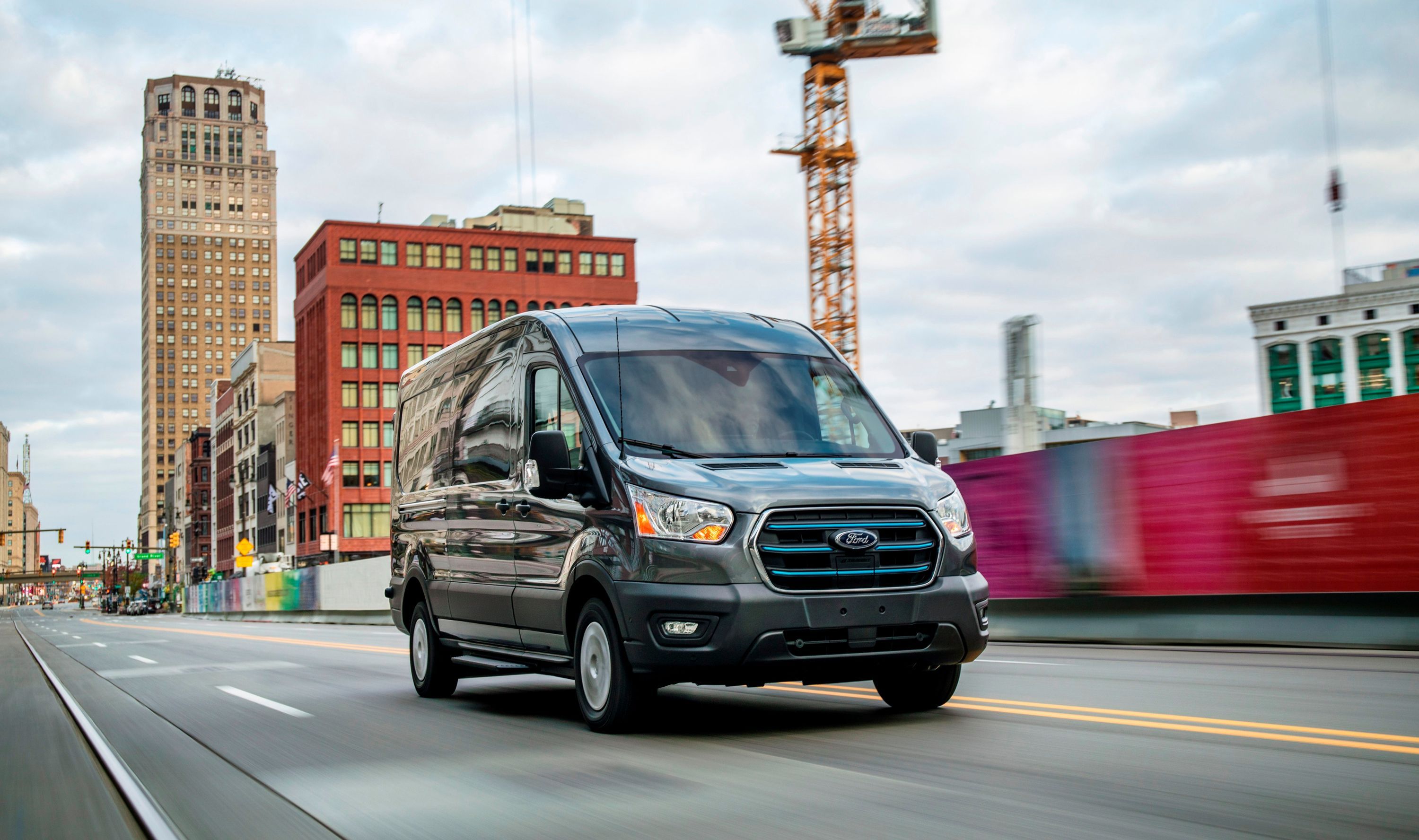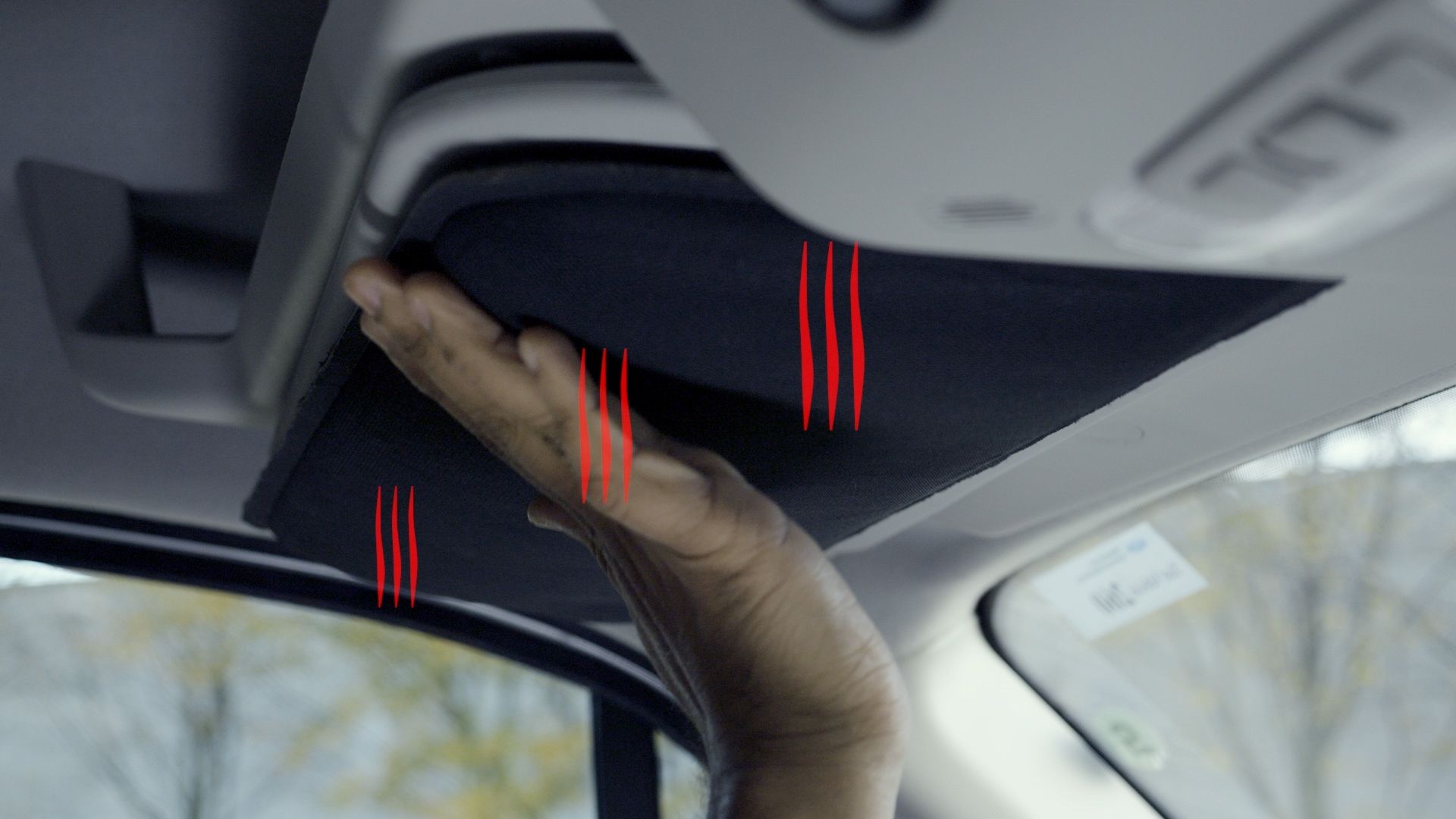
Engineers at Ford have found that by heating the interior surfaces of an electric vehicle instead of relying on the conventional ventilation system, they can extend that EV's range.
While battery technology continues to make headway, automakers are always searching for smaller and less expensive ways to make EVs more efficient. Ford says that heating interior surfaces like door panels and even the floor mats can add around five percent of additional range on a full charge compared to using the regular air-conditioner when heat in the cabin is more easily lost.
The testing of these heated surfaces was conducted using an all-electric Ford E-Transit van along delivery routes where drivers would typically open doors and windows hundreds of times per day, exposing the cabin to heat losses.
This research formed part of the European Commission's Connected Electric Vehicle Optimized for Life, Value, Efficiency, and Range project (CEVOLVER).
"We all know that if the doors and windows are opened when it is colder outside, the temperature inside a vehicle drops," said Markus Espig from Ford. "This is especially true for delivery vans as drivers make frequent drop-offs and the heat generated via aircon is lost more quickly, while heated surfaces stay warm. Reducing energy use not only improves range, it also cuts costs and helps ensure that the way we travel is more sustainable."
The E-Transit used for the test was fitted with heated armrests, floor mats, sun visors, and door panels. There was even a heated panel below the steering wheel. The test was conducted in both summer and winter in Cologne, Germany, with varying weather conditions. The driver covered a typical work day over a distance of nearly 220 miles.
According to WLTP data, the E-Transit has a range of 197 miles on a full charge. Based on the findings by Ford engineers, the heated surfaces can add almost 10 miles of range per charge. That may not sound like much, but over a year, it adds up to potentially hundreds of miles. These benefits will be maximized for delivery vehicles considering the mileage they cover and how often the interiors are exposed to outside temperatures. We don't foresee the same benefit for average passenger vehicles like the Mustang Mach-E.
Lexus is another automaker that has been dabbling in alternative interior heating systems to save energy. This one applies to a vehicle anyone could buy if they can afford it. The new RZ 450e electric crossover comes with a radiant heating system that uses infrared technology, something we tried out recently and will delve into in more detail when the driving impressions of the RZ are shared. Lexus claims a reduction in energy consumption of 8%, and every little bit helps, considering that the RZ can only get up to 220 miles on a full charge.
When testing the E-Transit, Ford engineers also found that energy- and time-saving measures could be realized with several other technologies, including a heat exchanger that takes heat waste from the electric drive unit and uses it to heat the cabin or battery pack. Eco-routing will get you to your destination more efficiently, while various other systems will optimally heat or cool the battery and electric drive unit.
For most consumers, a more meaningful increase in range is essential, but this tech is still a few years away. Nissan said its first production EV with solid-state batteries will arrive in 2028. These energy-dense batteries promise much faster charging times, another pain point for EV owners. BMW is also making significant progress with solid-state batteries.
Until then, though, automakers will continue squeezing as many miles as possible from existing batteries.

